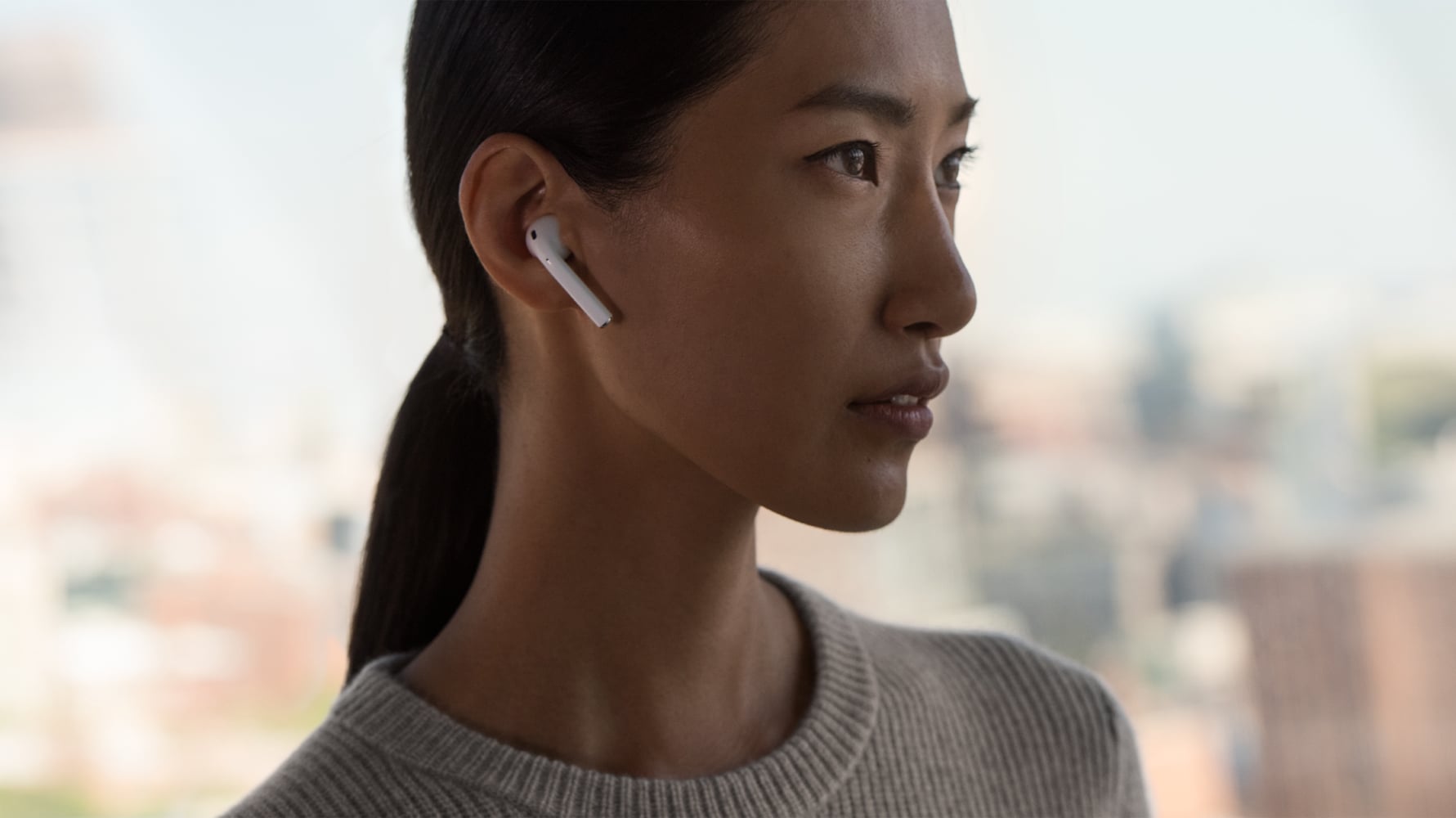
Data Point of the Week is AR Insider’s weekly dive into data from around the XR universe. Spanning usage and market-sizing data, it’s meant to draw insights for XR players or would-be entrants. To see an indexed archive of data briefs and slide bank, subscribe to ARtillery Pro.
Our favorite wildcard in the world of spatial computing is what we call “AR audio.” This involves informational overlays that are sound waves instead of photons. In other words, getting informed about your surroundings through an ambient whisper instead of graphics.
Advantages include discreetness and technical simplicity (relatively speaking). And just like graphical AR is evolving from flat overlays, a la Pokemon Go, to world-immersive content, a la AR cloud, AR audio will similarly evolve with intelligent and context-aware informational layers.

But the first step in getting to that vision is to condition the user behavior around an all-day wearable, or “hearable.” Apple — a company with multifaceted AR ambitions — is the first to do so with its most successful products in years: AirPods. This will fit into its overall AR hardware mix.
So far, all of the above is an evidence-backed but still theoretical construct we’ve been playing with for a few years. But the last two months have seen a handful of data points which put more backing behind AR Audio, and the requisite hardware installed base for hearables.
First, Juniper Research estimates that 24 million AirPods were shipped in 2018, about 10 percent of U.S. adults. As often happens, hearables will be commoditized and penetrate much further. Juniper says 417 million by 2022 — 75 percent of which be intelligence-enabled (voice assistants).

Prolific TF International Securities analyst Ming-Chi Kuo added the prediction that Apple will have shipped 26 million to 28 million AirPods in 2018. That’s up from 14 to 16 million in 2017, with up to 55 million units expected next year, and up to 110 million projected for 2021.
“Over 1 billion iPhone users worldwide offer great potential growth opportunities for AirPods,” Kuo said in the research note last month. “We believe that there is a greater likelihood of legacy iPhone users buying AirPods than upgrading to new iPhone models.”
Lastly, we heard some telling data right from the horse’s mouth. Tim Cook revealed in an interview with Jim Cramer last week that Apple revenue for wearables (which also includes Apple Watch) is already “50 percent more than iPod was at its peak.”

These are admittedly a patchwork of disparate data points, some of which are projections. But there is directional evidence that hearables could be well on their way to an installed base that lays the groundwork for AR audio. It will still take a few years to materialize.
Once it does, logical apps include local information (think: audio tours and Yelp reviews), or background information about people you meet (think: LinkedIn). But the first step is the hardware, and it’s clear this foundational step is well underway. We’ll be watching it closely.
For deeper XR data and intelligence, join ARtillery PRO and subscribe to the free AR Insider Weekly newsletter.
Disclosure: AR Insider has no financial stake in the companies mentioned in this post, nor received payment for its production. Disclosure and ethics policy can be seen here.
Header image credit: Apple
